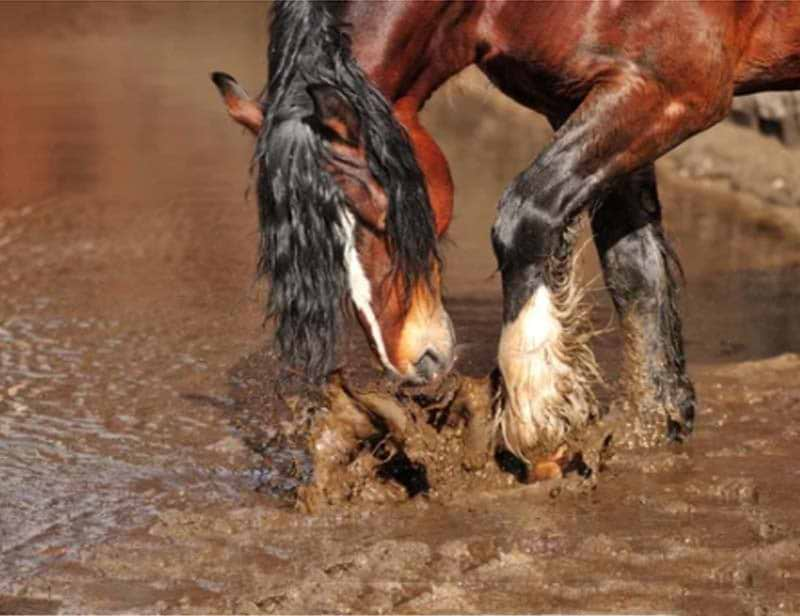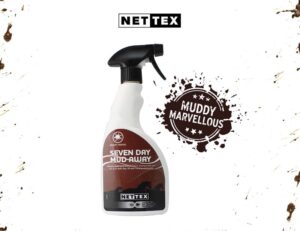
Mud fever, two words you might hear a lot this time of year. But what is it? How do we prevent and treat it? In this blog I am hoping to cover the dos and don’ts of mud fever, to get you and your horse prepared to face the mud.
What is mud fever?
Mud fever also known as pastern dermatitis or cracked heels is characterized by scabs and sores on a horse's legs. It often affects pink skinned areas it’s caused by bacteria found in the soil. The infection is most common in winter as that’s when our fields become muddy and wet. These conditions cause the skin to soften, the damage then happens when mud rubs against the softened skin creating wounds; once there are open wounds bacteria can then enter very easily. This creates one we know as mud fever.
What does it look like?
Often seen as red, sore areas of skin that may be weeping. Or lumpy patches on the lower legs.
It’s really important to check your horse’s legs every day, to make sure you spot any signs of mud fever straightaway. Like most things it’s much easier to manage in the early stages, below are some tell tail signs…
-
Crusty scabs appearing on the heels or lower legs.
-
Broken and damaged skin.
-
Matted hair or patches of hair loss with raw skin underneath.
-
A creamy white, yellow, or green discharge between the skin and the scabs.
-
Heat, pain and swelling in the lower limb.




How can we prevent mud fever?
Routine:
-
Do daily checks, know the signs.
-
Limit muddy areas, especially around gateways and troughs. You can try covering them with woodchip or rubber mud control mats. Alternatively, you could try electric fencing to move the position of the gateway throughout the winter months.
-
Keep your horse’s legs dry as much as possible. Use boots when turned out or a Nettex barrier cream which can be applied over dry, clean legs. Be incredibly careful not to apply cream over waterlogged skin, as this will just create an environment for the bacteria to grow.
-
Bring your horse in at night, if possible, so that the skin has a chance to dry out each day. If an infection is already present, this could be the only option to get on top of it.
-
Ensure bedding is clean and dry.
-
Do not over wash or groom their legs.
-
Make sure their legs are clean and dry before using boots or bandages.
Products:
-
One of our most popular products is the 7 Day Mud Away from Nettex - An innovative formulation that prevents mud, dirt, and grime from sticking to the coat. Keeping the mud away for up to seven days.

-
You could also try using Pig Oil & Sulphur from Lincoln. Pig oil creates a barrier for mud fever, feather mites and lice. It works by preventing the build-up of stable, muck and grass stains.
How do I treat mud fever?
Firstly, if you are not sure, call your vet for an assessment. The last thing you want to do is be treating the wrong thing.
Treating mud fever is quite a repetitive process, bad cases can take a good few weeks to get rid of.
We recommend a four-step routine from Nettex…
Always do a small patch test before using any products for the first time. The best place to do this is on the horse’s neck where they normally get vaccines, alternatively you could use the top of the neck.
So those are to dos, now time for the don'ts...
- Don't force the scabs off, soften with Descab.
- Don't rinse the legs in cold water, use warm water and dry thoroughly.
- Don't use any of these products if you think the mud fever needs professional advice from a vet.
- Don't make the Veterinary Surgical Scrub too strong, dilute following the instructions.







